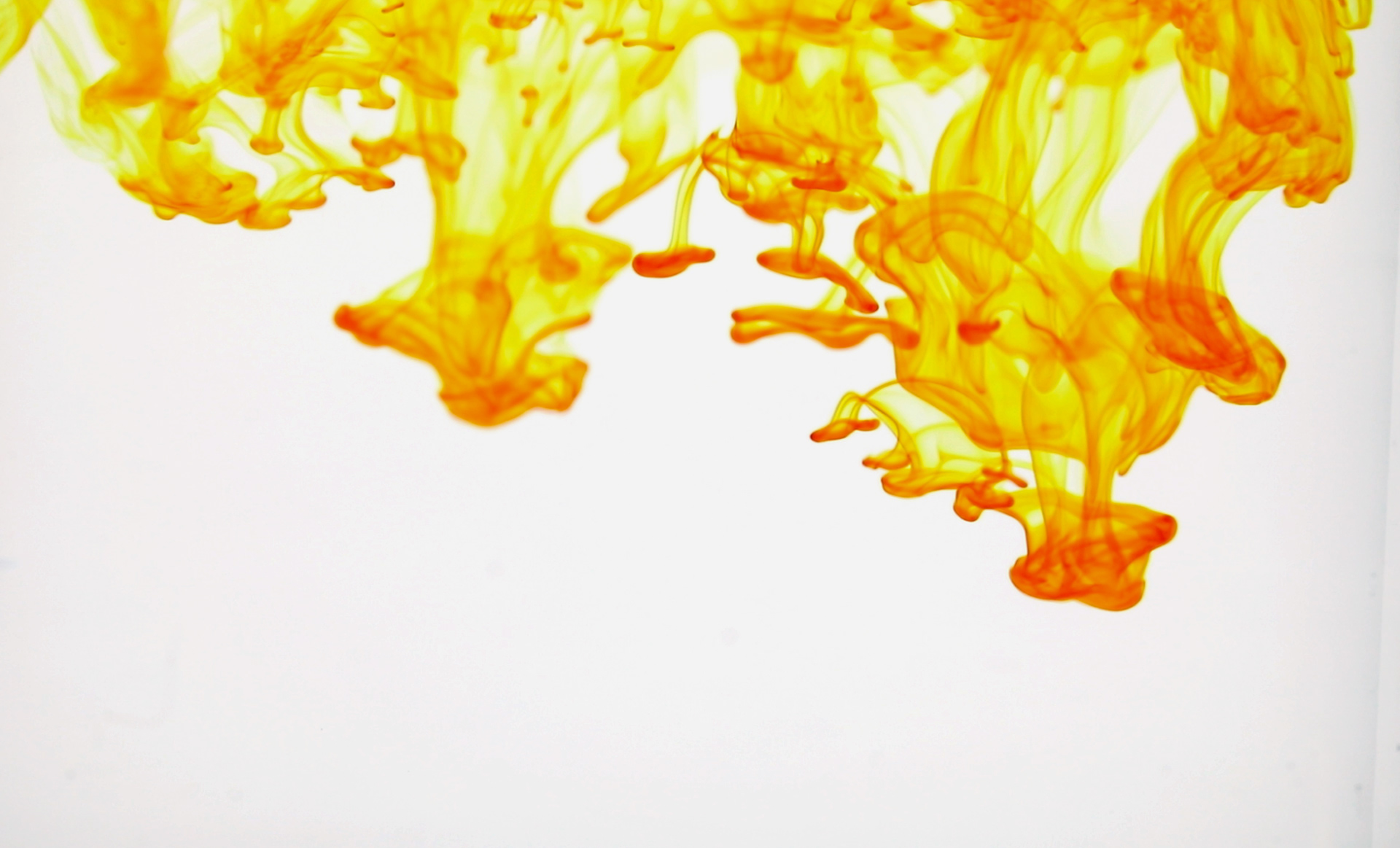Prototype made out of epoxy resin, methacrylate, 3D printing, coloured water and oil.
Lula is a therapeutic object used to improve the well-being of children in their hospital rooms and break their visual monotony. It is linked to chromotherapy and the use of glitter jars in various therapies.
The system utilizes natural and artificial light. The product has two states, active and passive. While used, the object is held, played with, and works as a color filter, which changes the perception of one's surroundings. In order to keep the space functional, it can also be placed on the light base located on the wall. In this case, the product is illuminated from the center and creates color-changing projections. It has to be rotated manually, which gives the user control over their distraction.



Normally pediatric departments and hospitals treat little babies, children, and teenagers up to the age of 18. Since the widest range of patience is quite young, the decorations and activities are mostly targeted towards them, which makes the older ones feel left out. A 15-year-old patient battling cancer said, "The white of the hospital turns into a sad grey, like the one on a rainy day".
Based on these comments, an extended study on alternative distraction methods, which included research about the calming effect of water and the influence of color.
Lula represents a less figurative type of distraction, a hypnotizing sensation created through fluidity, transparency, and color.



The choice of color is patient-specific. Nurses and doctors can analyze the emotional state of the patient through the use of chromotherapy psychology and then choose the necessary Lula tone. For example, if a child is very shy and has trouble with communication, a blue filter can help them to open up and boost their conversational confidence over time.
The human body is composed of 75% of water, therefore it has a calming effect on us. Being close to a water source, hearing the sound, or just watching something that reminds us of it, causes a decrease in anxiety and gives the brain a break from over-stimulations. You enter into a state of introspection, inspiration, and creativity.
A glitter jar is a tool widely used in therapies. Children learn about mindfulness, focusing their attention on what is important, staying calm, and improving their concentration. It is used as a visual metaphor. What happens inside the jar, a “storm” of particles, is compared to the emotions of the individual. They always rise, turn and settle on their own. Overall, it is the first step in meditation through play, it helps patients communicate their feelings by having an object they can relate to and focus on.
PROCESS










The desired effect is a hypnotizing sensation by fluidity, transparency, and color.


